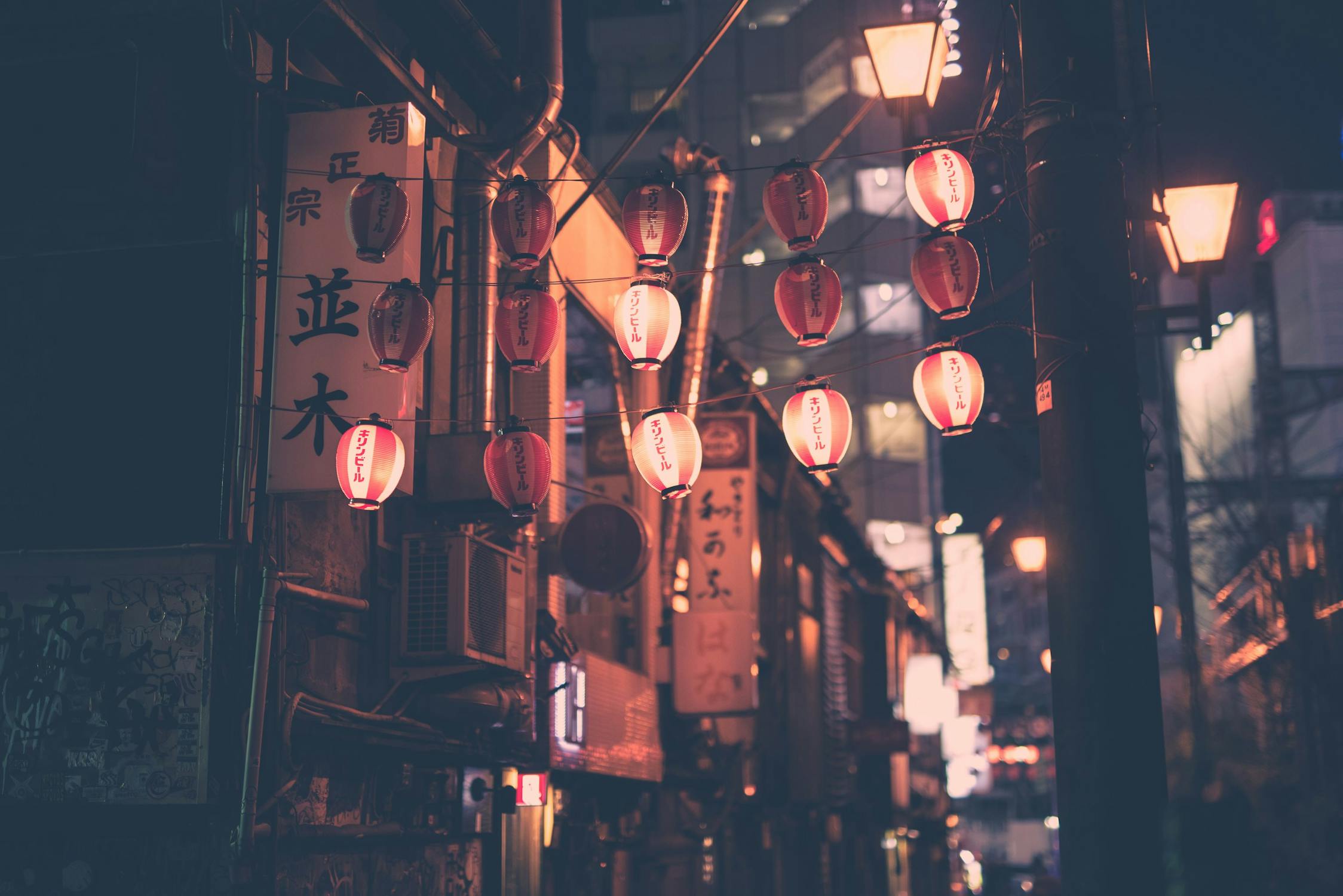Navigating Tokyo, Japan’s Unique Culture

Tokyo, Japan, is a city that seamlessly blends ancient traditions with cutting-edge modernity. For travelers, navigating Tokyo's unique culture can be both exhilarating and overwhelming. From the bustling streets of Shibuya to the tranquil temples of Asakusa, Tokyo offers a myriad of experiences that reflect its rich history and innovative spirit. Understanding the local customs, language nuances, and social etiquette can significantly enhance your experience in this vibrant metropolis.
Understanding Japanese Etiquette
Japanese culture places a high value on respect and politeness. Simple gestures, such as bowing when greeting someone, are deeply ingrained in daily life. Bowing is not just a form of greeting but also a way to show gratitude and apologize. The depth of the bow varies with the situation; a slight nod is casual, while a deeper bow is more formal.
When visiting homes or certain traditional restaurants, removing your shoes before entering is customary. Slippers are often provided for indoor use. Public behavior also follows strict norms; speaking loudly on public transport is considered rude, and it’s advisable to set your phone to silent mode.
Moreover, tipping is not practiced in Japan. Excellent service is expected as part of the job, and leaving a tip can sometimes be seen as an insult. Instead, expressing your appreciation verbally or with a small gift is more appropriate.
Understanding these etiquette rules can help you navigate social interactions smoothly and show respect for local customs.
Exploring Tokyo's Neighborhoods
Tokyo is a sprawling city with numerous neighborhoods, each offering its own unique charm and attractions:
- Shibuya: Known for its iconic scramble crossing and vibrant nightlife.
- Shinjuku: A major commercial and administrative center with bustling shopping districts.
- Asakusa: Home to the historic Senso-ji Temple and traditional markets.
- Harajuku: Famous for its quirky fashion scene and youth culture.
- Ginza: A high-end shopping district with luxury boutiques and fine dining.
Each neighborhood offers different facets of Tokyo's culture, from the historical to the contemporary, making them all worth exploring.
Navigating Tokyo’s Public Transport
Tokyo’s public transport system is one of the most efficient in the world. The extensive network of trains and buses makes it easy to travel across the city:
| Transport Type | Key Features |
|---|---|
| JR Trains | Covers most major areas; JR Pass available for tourists. |
| Subway | Operated by Tokyo Metro and Toei; connects key districts efficiently. |
| Buses | Covers areas not accessible by train; English route information available. |
| Taxis | Easily available but expensive; useful for late-night travel. |
Culinary Adventures in Tokyo
The culinary scene in Tokyo is unparalleled, offering everything from Michelin-starred restaurants to street food stalls. Sushi, ramen, tempura, and yakitori are just a few of the must-try dishes:
- Sushi: Visit Tsukiji Outer Market or upscale sushi bars in Ginza for fresh sushi experiences.
- Ramen: Explore different ramen styles in neighborhoods like Shinjuku or Ikebukuro.
- Tempura: Asakusa offers some of the best tempura restaurants with crispy delights.
- Yakitori: Enjoy skewered grilled chicken at izakayas (Japanese pubs) across the city.
- Sweets: Traditional wagashi (Japanese sweets) can be found in many tea houses and specialty shops.
The diversity of food available ensures that there’s something to satisfy every palate. Don't forget to visit local convenience stores like Lawson or FamilyMart for unique snacks and ready-to-eat meals that are surprisingly delicious.
Cultural Landmarks and Activities
No trip to Tokyo would be complete without visiting its cultural landmarks. Start with the historic Senso-ji Temple in Asakusa, which dates back to 645 AD. The temple grounds are bustling with vendors selling traditional snacks and souvenirs. Meiji Shrine in Shibuya offers a serene escape amidst lush greenery and towering trees.
The Imperial Palace, located in Chiyoda, provides a glimpse into Japan's royal heritage. While the inner grounds are generally closed to the public, guided tours are available for certain areas. For contemporary art lovers, the Mori Art Museum in Roppongi Hills showcases modern artworks from both Japanese and international artists.
If you're interested in pop culture, head to Akihabara, known as the hub for anime, manga, and electronics. Here you’ll find themed cafes where staff dress as characters from popular anime series. The Ghibli Museum in Mitaka is another must-visit for fans of Studio Ghibli films like "My Neighbor Totoro" and "Spirited Away."
The Language Barrier: Tips for Communication
Navigating Tokyo can be challenging if you don’t speak Japanese. However, many signs are bilingual (Japanese/English), especially in tourist areas. Learning a few basic phrases can go a long way in enhancing your experience:
- "Arigatou" (Thank you)
- "Sumimasen" (Excuse me/Sorry)
- "Eigo o hanasemasu ka?" (Do you speak English?)
Google Translate can be incredibly useful for real-time translation of both text and speech. Many restaurants have English menus or picture menus that make ordering food easier. Public transport announcements are often made in both Japanese and English, helping you navigate the system without much hassle.
The city's blend of tradition and modernity offers something for every traveler. Respecting local customs while enjoying all that Tokyo has to offer creates a rewarding experience that you'll cherish long after your visit ends. So pack your bags with curiosity and respect—Tokyo awaits!